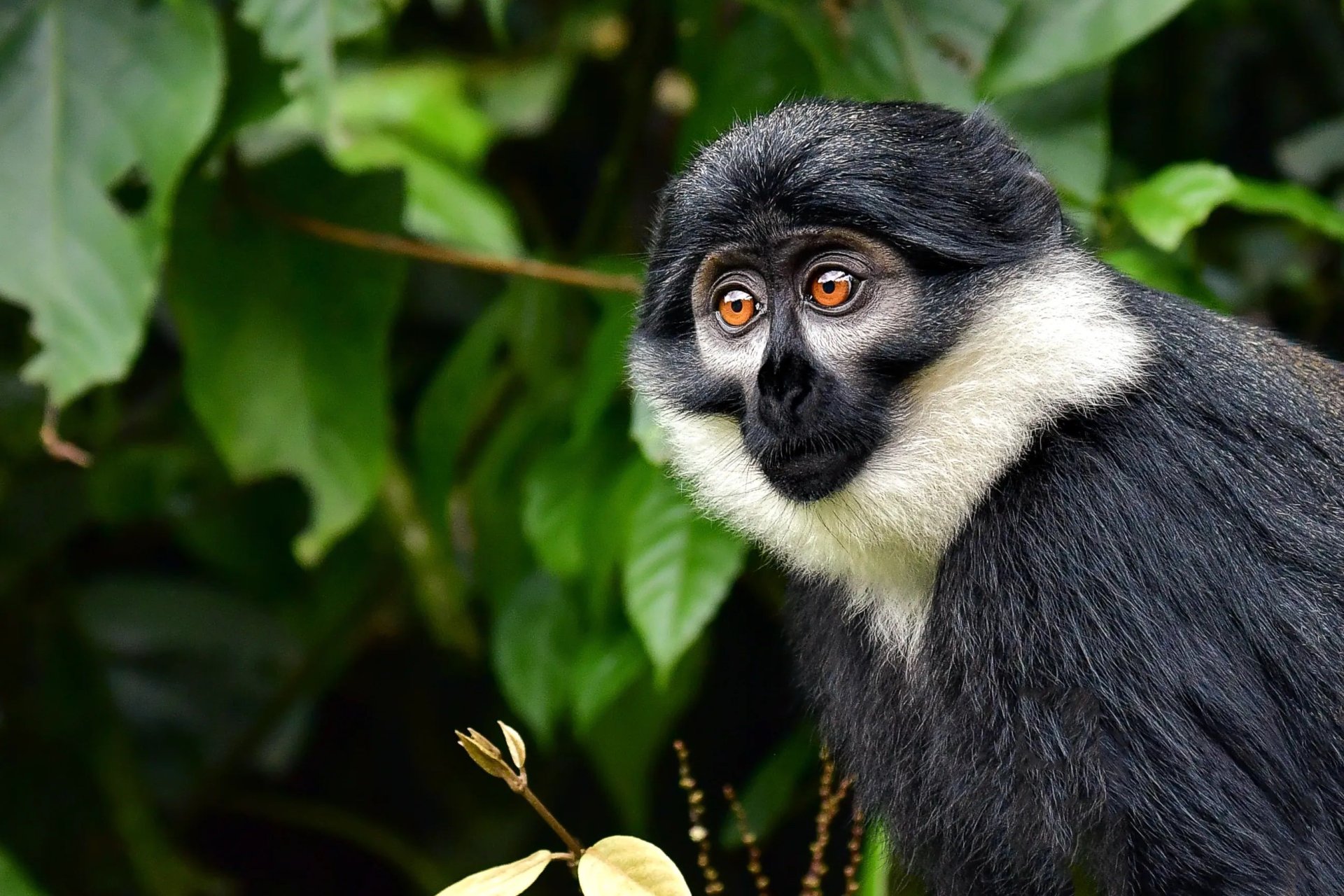L’Hoest’s Monkey: Uganda’s Enigmatic Primate
L’Hoest’s Monkeys in Uganda, scientifically known as Cercopithecus lhoesti, are captivating and elusive primates found in the lush and diverse landscapes of Uganda; These monkeys, named after the Belgian explorer Alphonse L’Hoest, are part of the Guenon family and are primarily found in the dense tropical forests of central Africa. In Uganda, these remarkable creatures thrive in specific regions, contributing to the country’s rich biodiversity.
Habitat and Distribution
L’Hoest’s monkeys in Uganda inhabit various forested areas, particularly in the western part of the country. They are known to dwell in the dense forests of Bwindi Impenetrable National Park, Mgahinga Gorilla National Park, Kibale National Park, and parts of Semuliki National Park. Their preference for primary and secondary lowland and montane forests makes these protected areas crucial for their survival.
Physical Characteristics
These monkeys have striking features that make them easily identifiable. They have a dark coat with a black face, contrasting with a white beard, and a bright golden-orange patch on their backs. Their long, slender limbs and a relatively short tail help them move swiftly through the treetops. L’Hoest’s monkeys typically weigh between 5 to 7 kilograms, with males slightly larger than females.
Behavior and Social Structure – L’Hoest’s Monkeys (Cercopithecus lhoesti) in Uganda
L’Hoest’s monkeys are arboreal creatures, spending most of their time in trees. They are known for their agility in leaping from branch to branch, utilizing their environment to escape predators and forage for food. These monkeys primarily feed on fruits, leaves, and insects, displaying an omnivorous diet.
Their social structure consists of small groups, usually comprising one dominant male, several females, and their offspring. The dominant male maintains his position through displays of aggression and vocalizations. They communicate through various vocal calls and social grooming, which helps reinforce social bonds within the group.
Conservation Status – L’Hoest’s Monkeys (Cercopithecus lhoesti) in Uganda
L’Hoest’s monkeys face several threats in their natural habitat, including habitat loss due to deforestation, hunting, and fragmentation of forests. The destruction of their habitat due to human activities such as logging, agriculture, and infrastructure development poses a significant risk to their survival.
Conservation efforts in Uganda, focusing on the protection and preservation of their forest habitats, are crucial for the survival of L’Hoest’s monkeys. National Parks and conservation organizations collaborate to safeguard these primates and the ecosystems they inhabit. Efforts to raise awareness, enforce protective measures, and involve local communities in conservation practices are pivotal for their long-term survival.
Ecotourism and Research – L’Hoest’s Monkeys (Cercopithecus lhoesti) in Uganda
L’Hoest’s monkeys contribute to the thriving ecotourism industry in Uganda. Tourists and researchers visit the national parks where these monkeys reside, offering opportunities to observe and study these captivating creatures in their natural habitat. Understanding their behavior, ecology, and social structure is fundamental to their conservation and contributes to the broader field of primatology.
Remarks – L’Hoest’s Monkeys (Cercopithecus lhoesti) in Uganda
In conclusion, L’Hoest’s monkeys in Uganda play a crucial role in the country’s rich biodiversity. Efforts to protect their habitats and ensure their survival are not only essential for their species but also for maintaining the ecological balance in the region. With continued conservation measures, research, and public awareness, these unique primates can thrive for generations to come.








